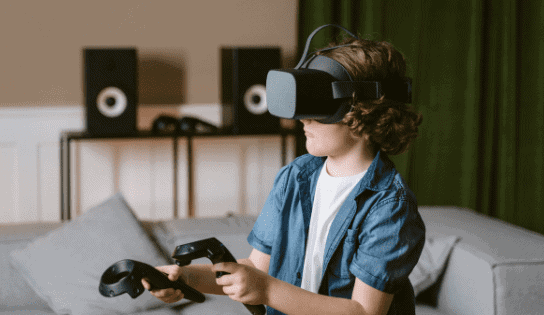
Promoting Inclusion and Equity in Education
The authors wanted to specifically examine what knowledge-construction behaviors are exhibited by elementary school students when using serious games and how these behaviors differ across academic performance levels.
25 Feb 2025

